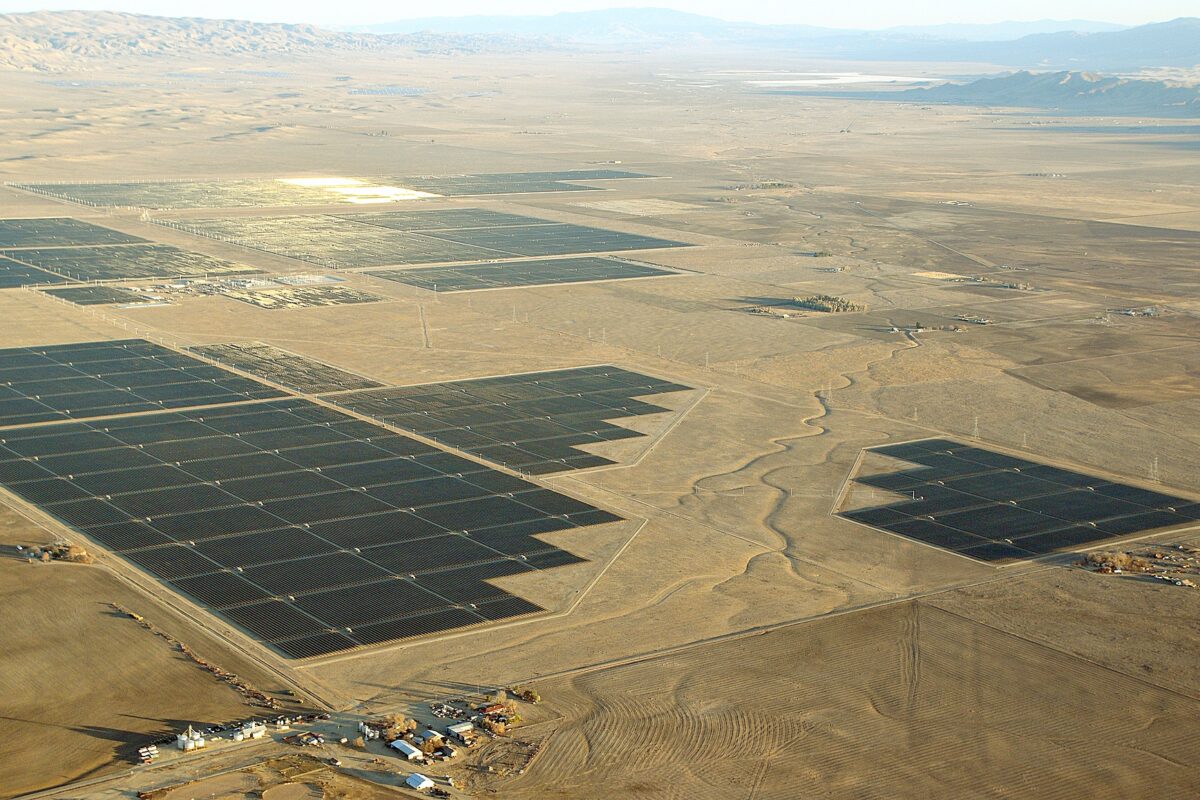Residential solar is about to get more expensive as the 30% investment tax credit expires at the end of 2025. OpenSolar, operator of a free solar design and project management platform, highlights cost-savings opportunities for the industry.
Residential solar in the United States is experiencing a downturn. The industry has suffered major bankruptcies, lowered demand, and soon faces the loss of the 30% residential solar tax credit, among other challenges.
And while rooftop residential solar is expected to soon get more expensive, Andrew Birch, co-founder and chief executive officer of OpenSolar, said it can be a lot cheaper – perhaps even 50% cheaper – than it is today.
Birch points to Australia, where he said the average 7 kW solar array with a 7 kW battery costs $14,000. That equates to $2.02 per W, with batteries included.
“You can sell it on Tuesday and install it on Wednesday, there’s no red tape, no permitting delays,” said Birch.
As a result, Australian homeowners are saving roughly 50% or more on their electricity bills with rooftop solar, said Birch. In just 10 years, rooftop solar jumped from 7% to 33% of rooftops in Australia nationwide, he said.
In the United States, that same solar and battery installation averages $36,000, said Birch. Permitting alone can take two to six months, and the cost per watt of a solar plus storage installation is up to 2.5 times the Australian price, landing at $5.18 per W.
“And now with net metering disappearing and Trump’s latest move to phase out the tax credit… it’s going to make rooftop solar 40% more expensive than grid power for consumers – if we don’t act,” said Birch.
Birch said that costs can be cut dramatically with four market-proven steps.
1) Automated permitting
Permit applications can cause delays of two to six weeks or more, causing a poor customer experience and higher project cancellation rates. Permitting also drives up costs. In New Jersey, for example, permit approvals and related barriers add an estimated $3,800 to $4,500 to average project costs. The Solar Energy Industries Association (SEIA) said the cost could be in excess of $6,000 to $7,000 for an average project.
New Jersey regulators, among other states, recently passed legislation to require automated permitting for residential solar, cutting timelines and costs. Tools like the Department of Energy’s SolarApp+ can facilitate permitting in your jurisdiction, and DOE provides technical assistance for implementing the tool.
Birch estimates an average U.S. installation could shed $0.98 per W from automated permitting fixes alone.
2) Cut hardware costs
“Start with a smaller battery, keep it affordable today and scale the batteries later,” said Birch.
He said designing systems with affordability in mind, including using smaller battery capacities rather than large, whole-home backup systems, another $0.71 per W can be saved on an average system price.
3) Lower customer acquisition costs
With the advent of AI-backed tools for lead management and project design, costs for sales can dramatically decrease, said Birch.
With the SolarApp+, faster project timelines lead to less customer cancellations, which can dramatically reduce customer acquisition costs.
Birch estimates about $0.43 per W can be removed from costs due to streamlined customer acquisition and sales costs.
4) Slash overhead
Birch recommends adopting automated payment systems, ordering, project management, and more. His company, OpenSolar, offers a free platform for automating these systems. The platform also recently announced an integration with SolarApp+.
He said that as the investment tax credit goes away, project financing will become simpler. “Dealer fees shrink and capital costs will fall,” said Birch.
Birch estimates streamlined finance and overhead costs can lead to another $0.57 per W of savings.
Bottom line
All told, the cost savings estimates based on OpenSolar’s recommendations would enable a solar installer to sell systems at $2.49 per W, with a battery included, down more than half from $5.18 per Watt.
Birch said this would lead homeowners to saving roughly 35% on their energy bills, rather than paying an estimated 40% premium. What’s more, Birch said these savings can be achieved without the investment tax credit or net metering.
This content is protected by copyright and may not be reused. If you want to cooperate with us and would like to reuse some of our content, please contact: editors@pv-magazine.com.

















